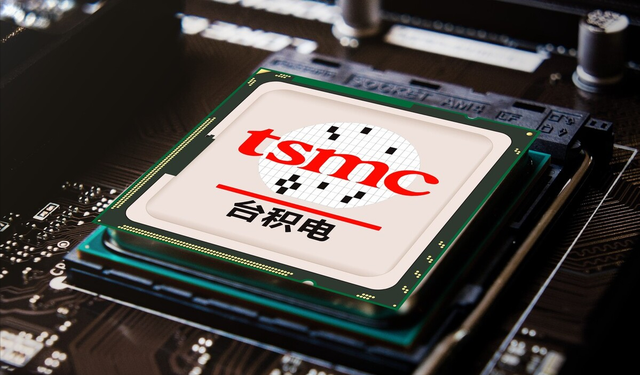Why is it so difficult to build a car grade chip?
Automotive-grade chips, as the name suggests, are to meet certain technical standards. It is also the word "vehicle regulation", which fundamentally limits the long-term process of a chip from production to testing.
A smart car will be equipped with thousands of chips, including functional chips, main control chips (intelligent cockpit, autonomous driving and other SoC chips), sensor chips, etc., which meet the vehicle specification level, which means that the quality and life of the chip are higher, and the technical threshold is higher.
CORPORATE CULTURE
The most difficult thing at the automotive level is the autonomous driving chip. In addition to the production process to comply with vehicle regulations, the developed chip usually goes through a 3-5 year verification cycle. The chip that has passed the vehicle specification verification can only be put on the car, and this cycle cannot be skipped.
If you wait until the advanced process chips of friends are released before investing in research and development, it means that you will lag far behind your competitors in the long time it has passed the vehicle regulations.
Therefore, for autonomous driving chip companies, they must not only endure loneliness, but also accelerate the pace of research and development. Mass production chips are out, and chips with higher computing power must also be put on the agenda.
In addition to competing for speed with friends, for China's local autonomous driving chip companies, entering the OEM supply chain system before 2025 is also a key time node that determines survival. Yang Yuxin, CMO of Black Sesame Intelligence, said that if you can get on the car before 2025 and enter the supply chain system of automobile manufacturers, there will be many opportunities in the future. And the first condition for winning customers is, of course, to pass the car regulations.
Because there are few autonomous driving chips that meet the automotive specifications, and now car companies are constantly accelerating the development speed of intelligent driving, there is a saying in the industry that every time the level of autonomous driving is added, the demand for computing power increases more than ten times, which also makes autonomous driving chips with large computing power a hot commodity.
However, the more advanced the process, the higher the computing power, and the more difficult the car regulations. At the smart car conference, Nvidia Orin and Qualcomm 8155 have almost become hard currency. The usage rate of domestic chips is only 3%, which means that there are still very, very few companies that use domestic autonomous driving chips in mass-produced cars.
 Source: From the Internet
Source: From the Internet
Of course, Chinese chip companies are desperately catching up, and we have also seen that a number of automotive-grade chips have passed the verification and begun the mass production stage. Recently, although the chip ban proposed by the United States against Nvidia did not involve automotive chips, it has still become a knife hanging over the heads of Chinese car companies.
Realizing localized substitution is becoming a breakthrough for Chinese car companies to avoid chip bottlenecks. However, there is still a long exploration period and hundreds of millions of dollars in investment every year.
So, let's take a look at how domestic chip companies climbed the mountain of vehicle regulations?
From product design, tape-out, packaging and testing, automotive certification and creating an algorithm tool chain, to functional safety certification, autonomous driving software package development to improving and supporting the industry ecology, this is a completion process that needs to be passed through by automotive-grade chips.
In the chip design stage, an automotive chip must comply with many corresponding process certifications at the beginning of design. For example, the design stage must pass the certification of the design process, and the certification of personnel, including the server, has relatively strict requirements.
At the same time, autonomous driving chips also include many self-developed IP (mature design of circuit modules with independent functions in the chip) and externally purchased IP, which also require vehicle certification. The vehicle regulations of the production process are unavoidable TSMC.
Because the production process needs to comply with vehicle regulations, that is to say, Chinese chip companies cannot meet this condition in a short period of time through the form of self-built factories, especially autonomous driving chips, the production process involved is very complex, which means that even if it has R&D capabilities, the designed chips must be handed over to TSMC OEM.

Source: From the Internet
The famous NVIDIA Orin uses TSMC's 7nm process, which is almost in a monopoly position in chip foundry. At the same time, TSMC's different factories have different production capabilities for automotive-grade chips, which means that automotive-grade chips cannot be transferred to TSMC, including personnel training during production, etc., which will be stricter than consumer chips. TSMC's production capacity determines the production efficiency of an automotive-grade chip.
Between prototype and mass production, there is a complex certification process, including functional safety expert certification, functional safety process certification, and product certification, which can take another two years.
At the beginning of 2022, the A1000 completed ASIL-B functional safety product certification and AEC-Q100 Grade 2 certification, making it the first domestic large computing power chip in the industry to complete this certification.
AEC-Q100 certification is the functional safety certification of the chip itself, which needs to be tested and certified by an independent third-party company, such as accelerating environmental stress reliability, accelerating life simulation reliability, defect screening, etc., with the aim of ensuring the safety and reliability of the chip.
Passing the automotive specification means that a large number of chips need to be invested in testing.
For chips, the difficulty of automotive specifications is that the use environment experienced by the car is much stricter than that of consumer electronics, and the supply cycle of automotive specifications must be ensured that the chip has a stable supply of ten years, and it is guaranteed that there will be no problems with the chip within fifteen years. These strict conditions determine that automotive chips need to undergo rigorous testing in a series of links such as design, manufacturing, and packaging, and need to go through a long certification process.
For example, the aging experiment of the chip requires thousands of hours of testing to complete, which means that this test takes half a year or even a year. Car manufacturers do not want to integrate more technologies and algorithms of intelligent driving solutions because of the reliability of the chip being recalled.
Automotive regulation is an important step in the localization of chips, and after taking this step, we can get closer and closer to the localization of high-end chips.


 CN
CN
 EN
EN


